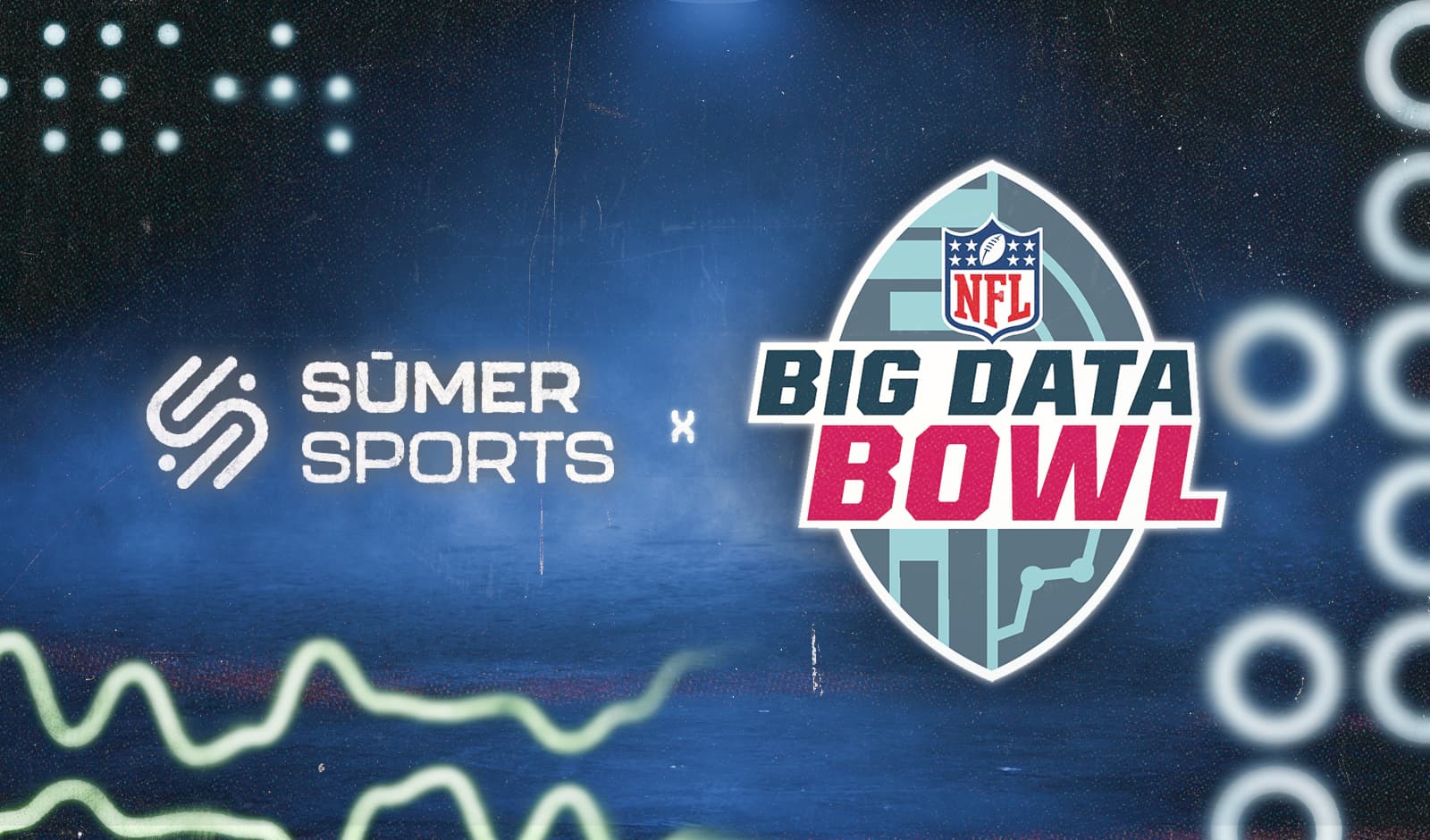Last year, I wrote about how we can utilize pose estimation to understand more about the QB throwing motion. This off-season, I wanted to expand on the use of pose estimation and looked at how we can understand more about defensive backs.
By applying pose estimation to NFL Combine Drills from 2016 to 2023, I was able to collect data on backpedal to transition drills of 40 participants (~10k frames of data). Here’s an example of a backpedal and transition drill from a past combine:
Hip Fluidity: What is it and Why is it Important?
Mike Mayock popularly used the term “oily hips” when referring to the ability of a DB or LB to change direction quickly and efficiently. Amongst defensive backs, we want smooth hip reaction to mirror and react to the route they are guarding. Given the complex route trees employed by modern day offensive coordinators, this is becoming more of a prerequisite trait.
The margin of error required increases when defensive backs are in press coverage or just playing closer to the receiver (usually less than 5 yards) at the snap. The physical nature of press coverage can often lead to defensive backs breaking form or technique leading to a receiver getting open. One way to measure this is through understanding a defensive back’s hip movement when back pedaling and rotating.
This assessment can lead to an objective way to assessing hip fluidity and a player’s technique discipline. We can see below that hip extension among defensive backs during the backpedal and transition drill ranges between 150 and 180 degrees per second using pose estimation collection.

Hip Fluidity vs. the 40-yard dash
Understanding a defensive backs peak hip angular velocity can be help in measuring a defensive back’s ability to smoothly rotate when transitioning. It can also be a helpful benchmark in assessing a defensive backs bounce back level from any prior injury that may limit their hip mobility.
If a player has difficulty achieving rotation in this range, it may provide insight that they may be rotating with their shoulders or head rather than their lower half (which can provide a form of player development). When scouting the back pedal to transition drill, scouts are first looking for flat out speed while maintaining smooth transition, so maximizing your hip rotation is critical.
While much of the emphasis at the NFL combine from a public view is focused on forward, linear speed in form of the 40-yard dash, this can often be a misleading assessment of defensive back speed given they are mostly backpedaling in their primary assignments. When measuring game speed for defensive backs at the collegiate level, there can be selection bias given that the few instances that a defensive back showcases their forward linear speed may be due to chasing down a receiver due to a coverage bust.
Given the variance of the collegiate receiver’s skill level, a route tree may be limited and thus limit our ability to truly assess the corner’s flat out speed. Measuring a defensive back’s ability to backpedal to transition may be a much better proxy for understanding a defensive back’s speed.
To measure transition time, I used a 90-degree hip rotation as a threshold to when a defensive back has transitioned into a dead sprint. For players primarily identified as a corners, we see a slight correlation of 40 time to time to transition (albeit a limited sample). For safeties, we see an inverse result of 40 time to time to transition. This inverse result may be a key insight when determining a safety’s ability to cover in the slot. Those with quicker transition times may be more comfortable in press coverage (slot corner or nickel safety) and reacting to the run. Those safeties with a good 40-yard dash but lack the ability to transition may be better fits in more of a traditional high safety role.

Measuring “Clean Footwork”
What separates some of the top defenive backs is their ability to have good footwork while quickly transitioning. One area to look out for is the player’s stance throughout their backpedal and how their hips adjust. Using our pose estimation, we are able to extract the location of the ankles to proxy for a player’s stance. We also want to see how “oily” the hips are through the transition phase, and one way to measure that is to calculate hip movement by calculating the euclidean distance through each frame (previous frame hip location to current location averaged from left and right hip). The total of the hip movement is summed up to calculate a metric called “hip sway area”.
Amongst corners (in limited sample), we see slight signal in clean footwork (i.e., low variance in ankle distance) leading to more active hips and thus an easy ability to rotate. Being able to back pedal with quick footwork reaction (thus low standard deviation) and reactive hips can lead to easier mirroring and reaction in routes.

The Future of Pose Estimation in Scouting and Player Development
Utilizing pose estimation in both scouting and player development can be valuable to gain a deeper understanding using traditional drills such as the backpedal and transition drill. This can also expand our view on a player’s speed beyond the traditional 40-yard dash.
By understanding a player’s hip range, their time to transition and how to measure “good footwork” creates more objectivity when evaluating future NFL prospects and evaluating a player’s development early in their career.
As I mentioned in “Engineering a Throw”, the downside to this approach is a limited quality sample size to work with given the availability of NFL Combine footage. I am hopeful that continued technological advances at the NFL level will mean much more investment in biomechanical data to further strengthen our objective evaluation of player traits.




.jpg&w=3840&q=75)